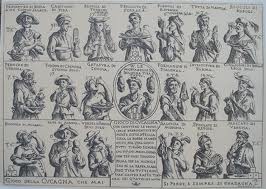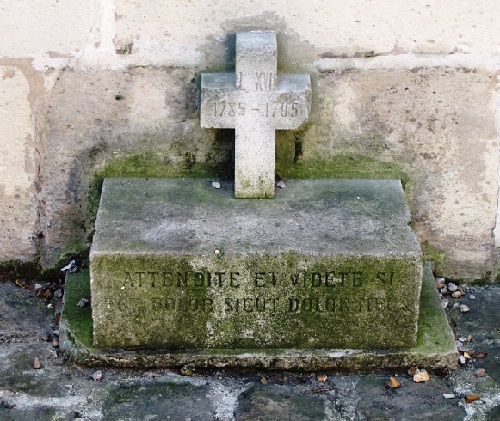The image of Archimedes leaping from his bath with a cry of Eureka (Greek for “I have found it”) is, despite the efforts of generations of physics teachers, not based in fact. While testing a gold crown suspected of being a mere alloy, Archimedes realised that the mass of water displaced by an object reveals its volume, and the mass of the object divided by its volume gives its density. The crown was found to be a fake as its density was less than that of solid gold. This discovery became known as the Archimedes’ Principle: the principle of specific gravity and the basis of hydrostatics. Archimedes was no mere theoretician but an intensely practical inventor, master engineer and scientist when Siracusa was the most inventive place on earth.
But who was Archimedes and what else did he do?
Born in 287 BC, Archimedes worked for Hieron, the tyrant of Siracusa. While watching the tyrant’s marine engineers, he devised theories worth a Eureka! each. His greatest discoveries were the formulae for the areas and volumes of spheres, cylinders and other shapes, anticipating the theories of integration of some 1,800 years.
Dionysius’ think-tank devised the long-range catapult which saved Siracusa from the Cathaginian fleet, and Archimedes built on this tradition with the Archimedean screw, still used for raising water, and with siege engines that did sterling service against the Romans. Polybus says the Romans “failed to reckon with the ability of Archimedes, nor did they foresee that, in some cases, the genius of one man is more effective than any number of hands.”
Archimedes is quoted as saying “Give me a placed to stand and I will move the world”, implying that he understood the principles of leverage. It is unproven that he anticipated the laser beam by arranging magnifying glasses to set fire to the Roman fleet at long range (although there are some that do hold to this view). He did however, produce a remarkable hydraulic serpent contraption that enabled just one man to operate a ship’s pumps.
Archimedes also played a significant part in the construction of Hieron’s remarkable 4,000 ton ship. Enough timber to build 60 conventional ships was used for the hull. It had three decks, one of which had a masaic floor depicting scenes from the IIiad. The upper deck had a gymnasium, a garden and a temple to Venus paced with Agate. The state cabin had a marble bath and 10 horses in stalls. However, this was no pleasure craft. It carried a long range catapult fitted to the masts which swung out over an attacking vessel and disgorged a huge rock, supported by a ‘cannon’ that fired giant arrows. It was then loaded with corn, jars of Sicilian salt fish and 500 tons of wool and dispatched to Ptolemy in Egypt as a gift.
Keen to exploit Archimedes’ genius, the Roman commander Marcellus wanted him taken alive when the Romans occupied Siracusa in 213BC. But, as legend has it, a Roman soldier came across an old codger apparently doodling in the sand. Archimedes was working on his latest brainwave, so protested sharply when the soldier unwittingly stepped on his drawing. The soldier drew his sword and casually killed one of the greatest men in the world!!! One wonders what Marcellus would have thought of this death and what happened to the luckless soldier who so freely wielded his sword??











